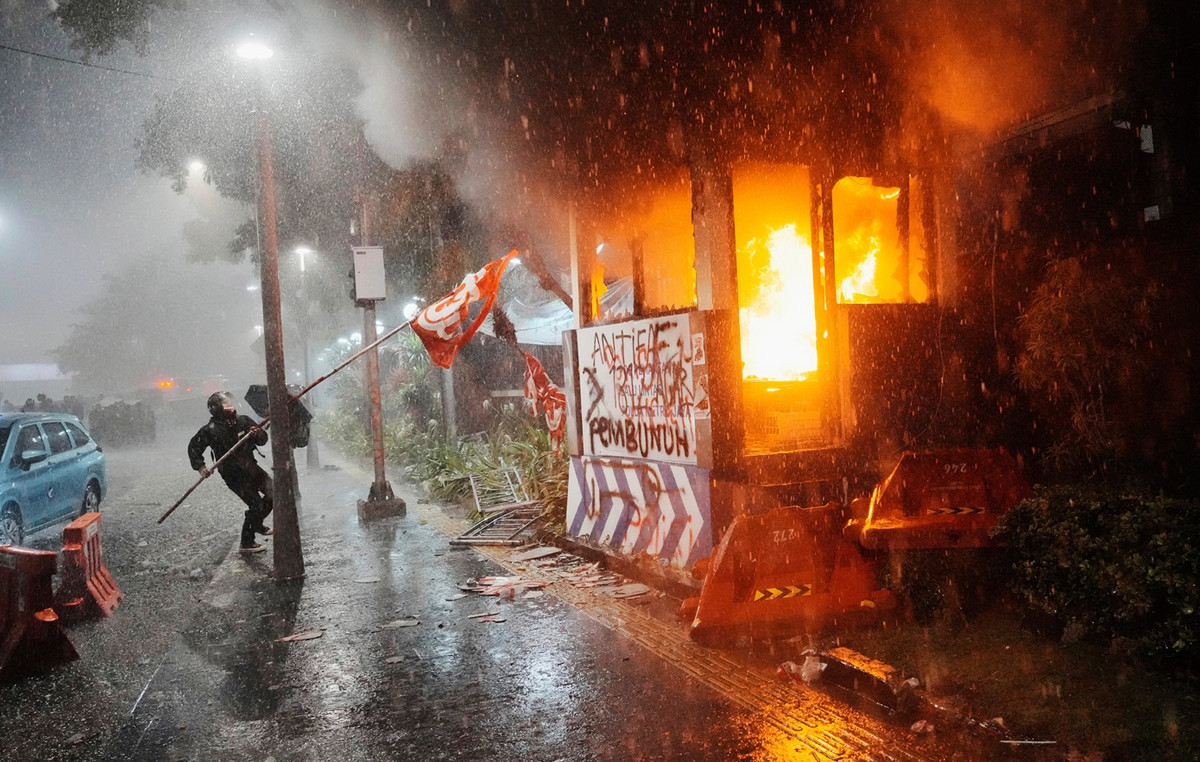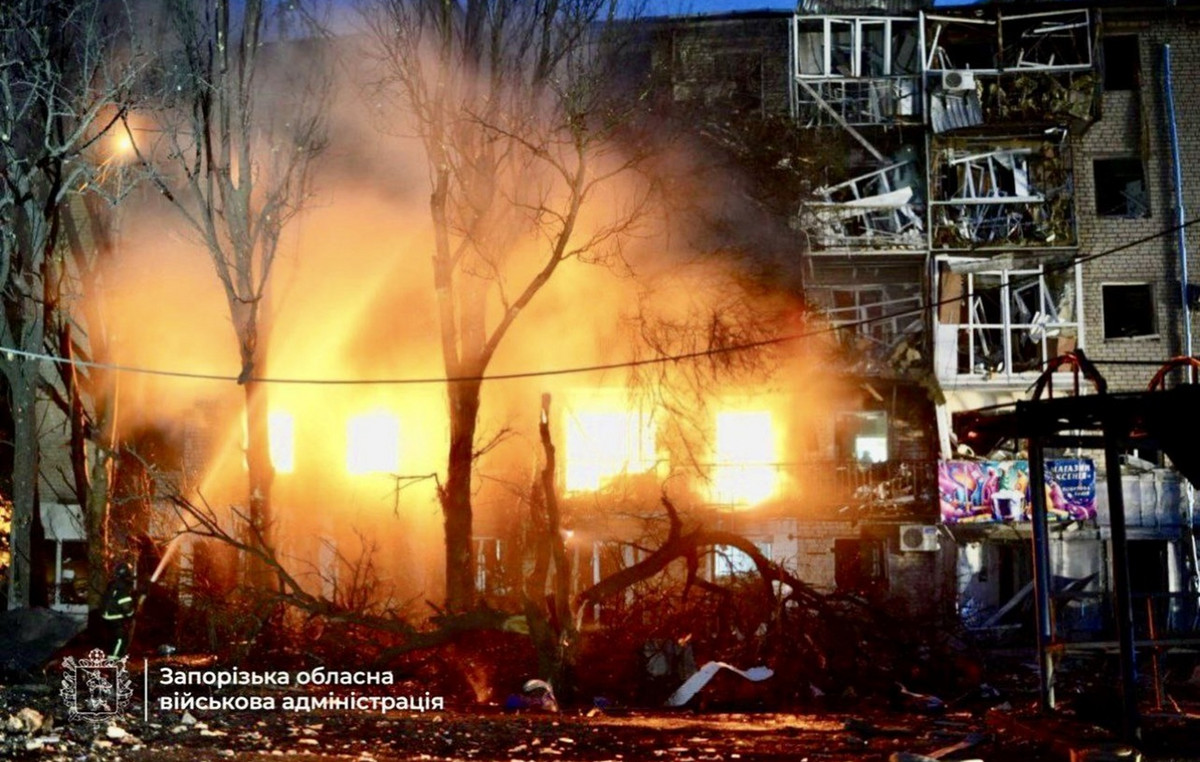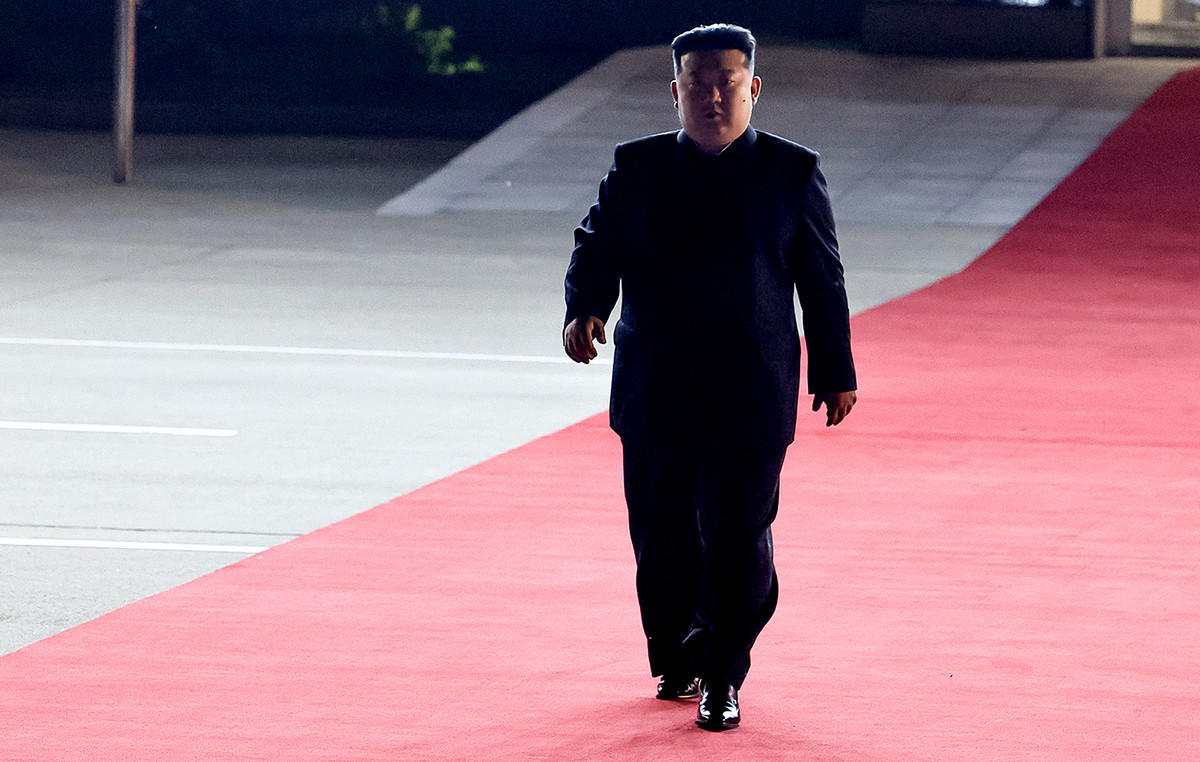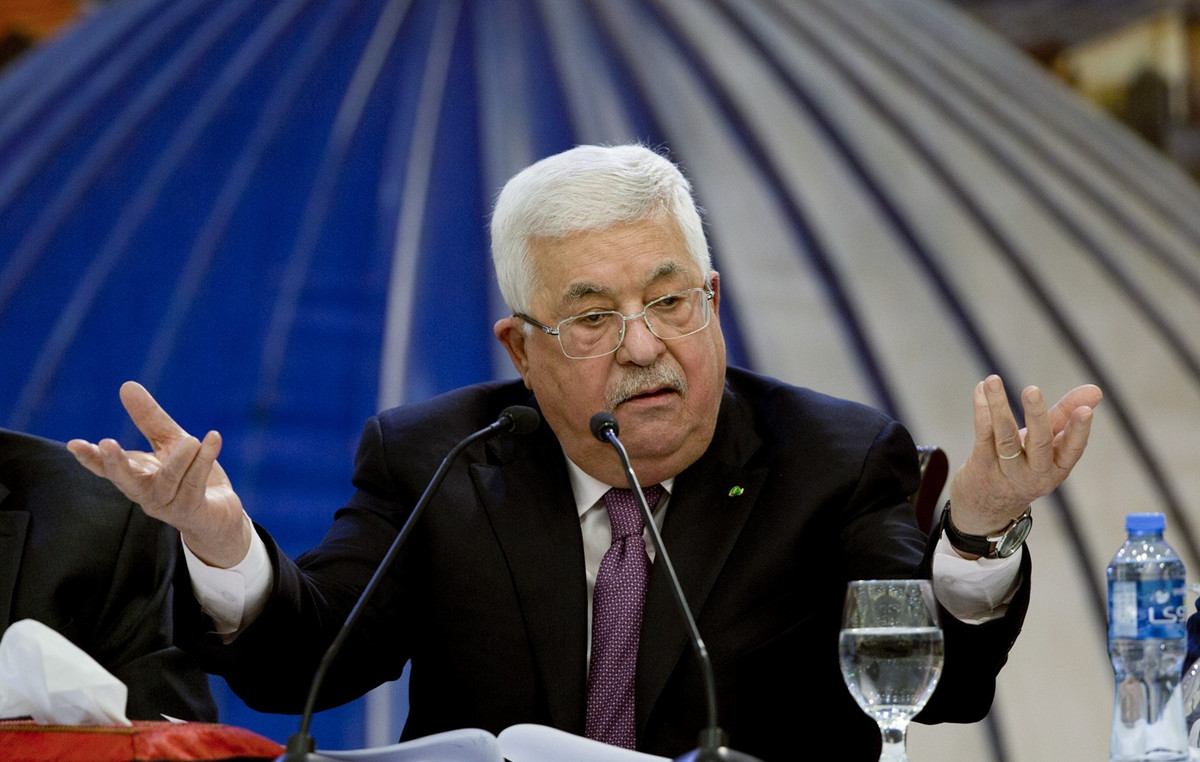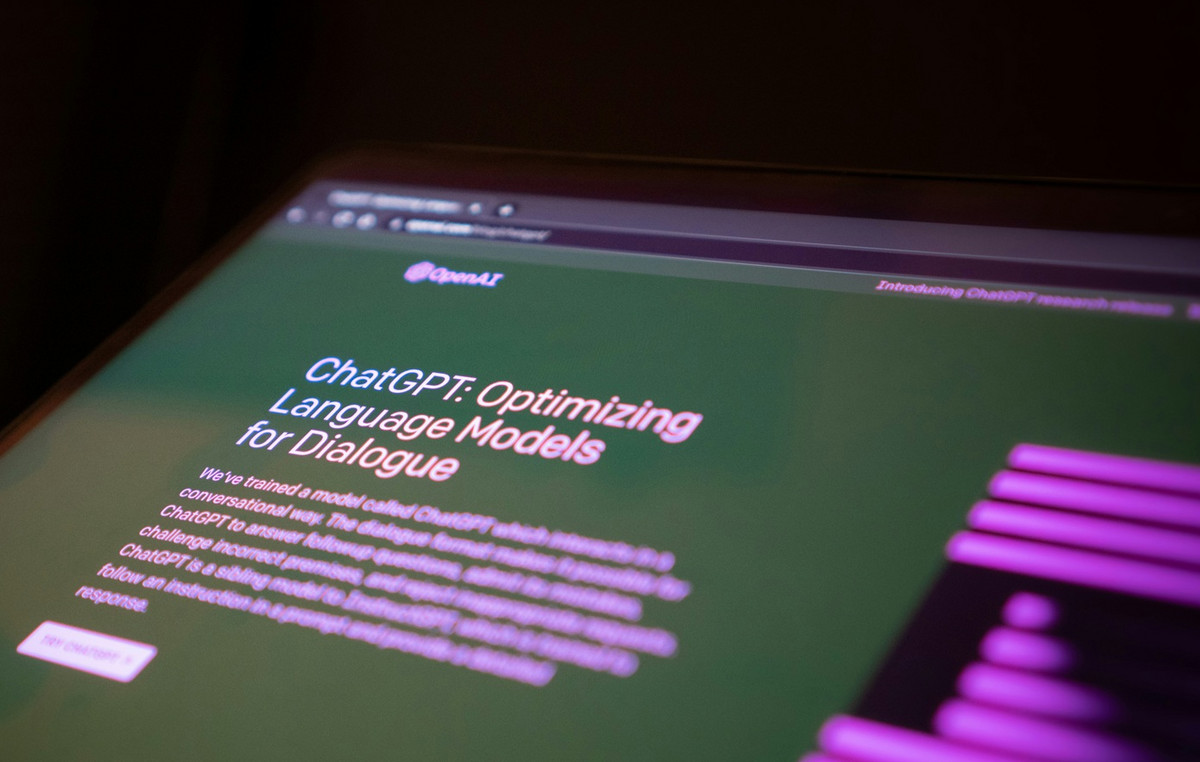United States President Donald Trump always talks about his “great relationship” with Vladimir Putin. But the world will soon find out if the call tells something.
The Russian President, author of the Ukraine invasion, responded in the traditional Moscow style on Thursday (13) to the US plan for an immediate ceasefire that Kiev supported.
Putin produced a long set of overshadowing and new demands that would be unacceptable to Ukraine. But they may have been designed to try the US president who is desperate for the type of victory that a truce would represent.
Putin did not reject Trump’s proposal. He called her “great and correct” and said he supported her in principle.
He was careful not to alienate the US President who has already offered a series of concessions to Russia before formal peace negotiations, including an understanding that Ukraine would never have a way for adherence to NATO.
But Putin’s objections and appeals for more discussions, including Trump, were an attempt to gain time, with his troops about to expel the Ukrainian forces from the Russian region of Kursk – one of the few exchange coins that Kiev would have in future peace negotiations.
Putin also raised questions about the monitoring of any ceasefire and if Ukraine would be allowed to respond during any combat cessation, in a way that suggested that he was already seeking to shape any eventual agreement to ensure Russian domain.
Putin also referred to the need to face the “root causes” of war. This is a code for a series of Russian complaints that include the existence of a democratic government in Kiev.
It also refers to Moscow’s allegations that he is threatened by NATO’s expansion after the Cold War and his desire to see the alliance troops taken from former communist states once in the Soviet Union orbit, such as Poland and Romania.
Russia’s response is out of its classic diplomatic manual, which usually seeks to attract interlocutors to exhaustive negotiations that accumulate delays and conditions that allow Kremlin to pursue its strategic goals in the meantime.
Thursday events showed how difficult it will be for the Trump government to remove Russia from its position and enter into serious negotiations about a ceasefire.
Russia’s stoppage contrasted Trump’s hurry for a valuable advance, as his trade policies triggered falls in the stock market and launched a cloud over the economy.
“I think we’ll be very good to do that. We want to end this soon, ”Trump said at the Oval Hall on Thursday in an explosion of optimism that shocked reality.
Optimistic Trump despite Putin’s stoppage
Trump gave Putin’s best touch, saying he had issued a “very promising statement, but it was not complete.” He added: “Now let’s see if Russia is there or not. And if not, it will be a very disappointing moment for the world. ”
Trump’s optimism was understandable as he sought to create a moment for an incipient diplomatic initiative. But his willingness to ignore a new set of Putin conditions created a stark contrast to his fury when Ukrainian President Volodymyr Zelensky sat in the oval hall and tried to explain why he would not trust Russia’s word in a peacekeeping agreement with no security guarantees.
Retired Admiral James Stavridis said on Thursday that the Russian leader was demarcating a careful line: “If you put it on a scale between nyet, ‘no’ and ‘,’ yes’, he’s right in the middle,” he told Jim Sciutto of CNN .
Stavridis, an former NATO ally commander in Europe, said the Russian President would take some punches of Trump, but would not stop pressing toward his own goals.
Trump repeated his frequent chorus on Thursday that there is an ocean between the continental US and the largest land war in Europe since World War II.
Those closest to the threat are much less optimistic about US peace proposals. “I am pessimistic and skeptical about Russia’s intentions and Russia’s will to continue with just and sustainable peace,” Latvian Defense Minister Andris SPRūds told Isa Soares da CNN .
He said Russia was using his typical “salami” tactics to achieve his strategic goals, that is, cutting his comprehensive political goals and dealing with them “piece by piece.”

Trump has praiseworthy goals, although Putin may not share them
If Trump forms a lasting and sustainable peace in Ukraine, he will perform a great achievement that can be worth the Nobel Peace Prize he supposedly wants. More importantly, thousands of lives – Ukrainians and Russians – will be saved.
There may also be some truth in the frequent claim of government officials that only this president has a chance to end the war. While President Joe Biden gathered the western alliance effectively to provide Ukraine weapons, ammunition, and financial aid that saved his independence, there has never been a way for peace negotiations with Putin.
Trump may also be exploring fatigue among many Americans at the cost of this support, although their claim that the US has spent $ 350 billion is an exaggeration.
Some analysts believe that the new administration is just stating the obvious – that Ukraine will not be able to free the oriental regions captured by Russia and Crimea, attached by Putin in 2014. In addition, there is an agreement, even among the European governments that were on Zelensky after Trump’s intimidation, that some kind of partition will be necessary to end the war.
But Trump’s deference to Putin in his first term and initial compliments to the invasion of Ukraine, along with his longtime fascination with the Russian leader, raise doubts about the reasons for their efforts to quickly end up war.
Since taking office for the second time, the president set up Zelensky in a notorious photo shoot at the Oval Hall and changed the official sympathies of the US government of the victim of a violent attack to his perpetrator, Putin.
The president cut the US vital intelligence sharing that helps Ukraine on the battlefield and protects his wanders from drone attacks. He also interrupted US military assistance to force Zelensky to accept the demand for immediate ceasefire.
US supplies and intelligence are flowing again, but the interruption sent a clear message to Zelensky that Trump could end the war in his terms if he wanted to.

But will such a pressure be exerted on Putin, now that he, unlike the Ukrainian leader, rejected Trump’s terms? After all, the US president said for weeks that he was convinced that Putin wanted to stop the fight. Thursday’s response shows that at least for now, Kremlin wants to keep war.
The president threatened this week about Russian imports and bank sanctions that he said would devastate Moscow’s finances – but after three years of efforts to cut Russia from the global economy, commercial interactions between her and the United States are minimal. And Moscow established channels, even through China, to support his war economy.
Trump refused to say on Thursday what influence he could exert on Putin that could work. But it has been clear since the president sees Ukraine as a trampoline on the way to a restored superpower relationship with Russia.
The American president, for example, asked Moscow to return to the seven group. The rich nations club was known as G8 until Russia was expelled after snatching Crimea. He does not seem to be able to wait for the opportunity to make a dome with Putin personally that he would restore the place of the Russian leader on the world scene.
And Trump’s expansionist rhetoric about bending Canada and Greenland to the US remembers Putin’s justifications for Ukraine invasion. Then there can be a time when incentives for a broader relationship with Washington convince Putin that it is time to probably temporarily archive their obsession with Ukraine.
In Trump’s first term, unbridled speculation about whether he was compromised by Russia; Why Moscow intervened in the 2016 election to help him, how US intelligence agencies evaluated; And why he admired so much Putin.
The roots of Trump’s obsessions remain obscure, although the allegations that he is a Moscow asset have never been proven and still seem absurd.

But in his second term, Trump attacked US longtime allies and blamed Zelensky for the war rather than the Russian leader who started it.
This is why traditional US foreign policy experts and governments are concerned with what the answer would be if Putin asked Trump to help kicking Zelensky as a condition for a peace agreement – especially since the US president has already suggested that the Ukrainian leader was a dictator.
And how would the president answer if the Russians asked him to remove the NATO troops from Eastern Europe to deal with what Putin falsely calls “the root causes” of the Ukrainian conflict?
The question is whether Trump is negotiating with Putin or if the Russian leader is manipulating him.
This content was originally published under analysis: Putin delay in ceasefire seems to attempt to manipulate Trump on the CNN Brazil website.
Source: CNN Brasil
Bruce Belcher is a seasoned author with over 5 years of experience in world news. He writes for online news websites and provides in-depth analysis on the world stock market. Bruce is known for his insightful perspectives and commitment to keeping the public informed.

